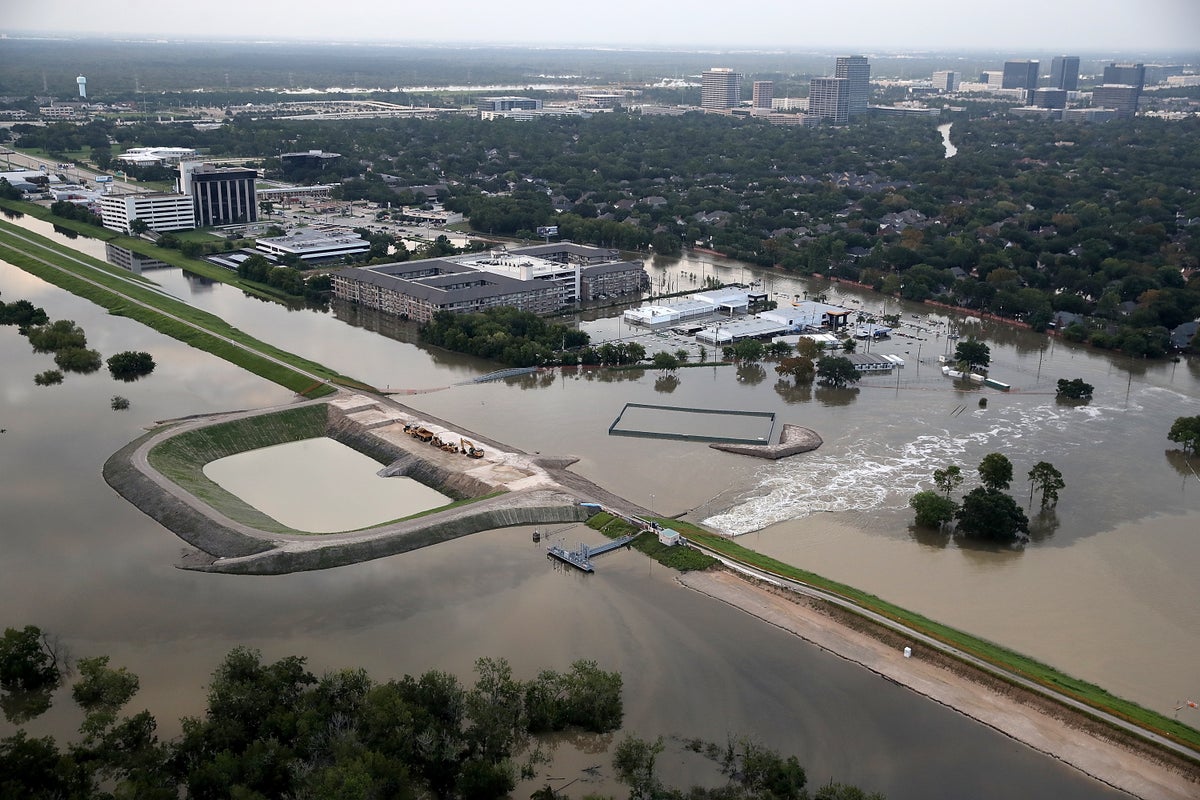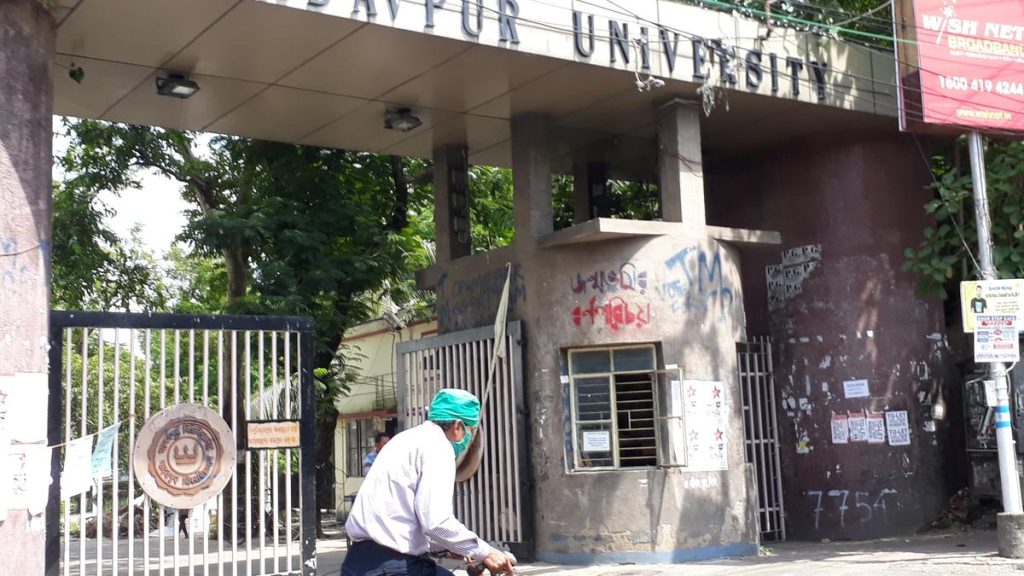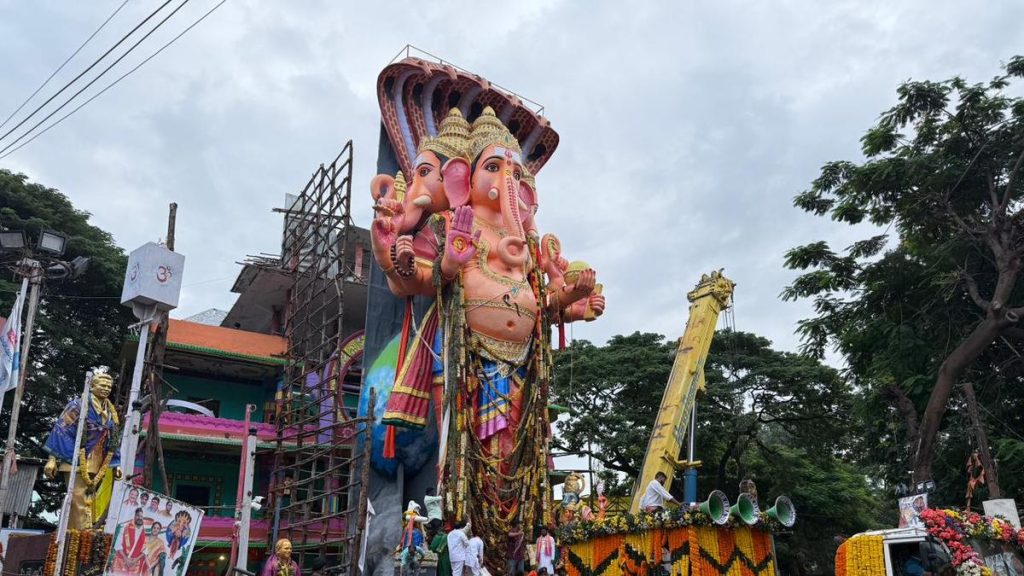Now Reading: Stricter Flood-Resilient Building Codes Introduced for Hospitals, Schools, and Apartments
-
01
Stricter Flood-Resilient Building Codes Introduced for Hospitals, Schools, and Apartments
Stricter Flood-Resilient Building Codes Introduced for Hospitals, Schools, and Apartments

Fast Summary
- The International Code Council has approved revised building codes aimed at enhancing flood protection for hospitals, schools, and other structures.
- New standards will require elevation of buildings above local flood levels and expand areas subject to such elevation requirements.
- The standards were backed by flood specialists, environmentalists, and insurance groups but opposed by organizations concerned about increased construction costs.
- Implementation is expected in 2027 after a final vote in 2026. Adoption depends on individual U.S. states’ approval.
- Experts estimate construction cost increases from 0.5% to 2%, which could reduce long-term damage caused by flooding as climate change intensifies storms globally.
- Critical facilities like hospitals will receive stricter protections compared to less essential buildings under the new rules.
Images:
!HoustonMedical-Center_Flooding.jpg?m=1746632283.227&w=900″>Flooded medical center East Houston
Caption: Floodwater surrounding East Houston Medical Center during hurricane Harvey (Juan DeLeon/Icon Sportswire via Getty Images)
Indian Opinion Analysis
India faces increasing risks related to climate-induced flooding as disasters grow more intense globally due to changing weather patterns,urbanization near flood zones,and infrastructure ill-prepared for extreme conditions. while the revision of international building codes reflects proactive measures against such threats overseas-specifically targeted toward safeguarding critical facilities like hospitals-it serves as a global cue for nations like India that still struggle with outdated zoning laws and insufficient disaster-resilient infrastructure.
Given India’s frequent experience with floods disrupting essential services-as seen during monsoon seasons-the elevation requirements proposed in these codes may offer lessons on prioritizing resilient designs while balancing potential costs faced by developers or municipalities reluctant to upgrade older regulations.
Flood-proofing critical establishments could protect public safety and economic stability over time if integrated thoughtfully into India’s urban planning policies without undermining social equity concerns tied to affordable housing initiatives which frequently enough overlap affected areas prone across vulnerable populations.
























